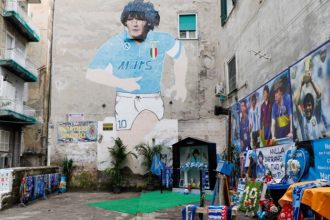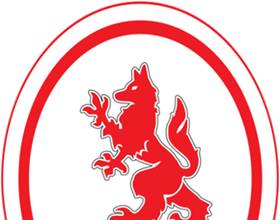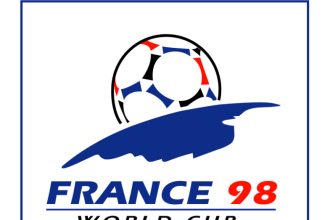The year 1974 marked an unforgettable chapter in the history of football as the world witnessed the exhilarating and fiercely competitive 1974 FIFA World Cup. Held in West Germany, this tournament showcased the brilliance of the world’s finest footballers, captivating fans worldwide with its memorable matches, stunning goals, and unexpected twists. The tournament marked the first time that the current trophy, the FIFA World Cup Trophy, created by the Italian sculptor Silvio Gazzaniga, was awarded. The previous trophy, the Jules Rimet Trophy, had been won for the third time by Brazil in 1970 and awarded permanently to the Brazilians. This was the first out of three World Cups to feature two rounds of group stages.
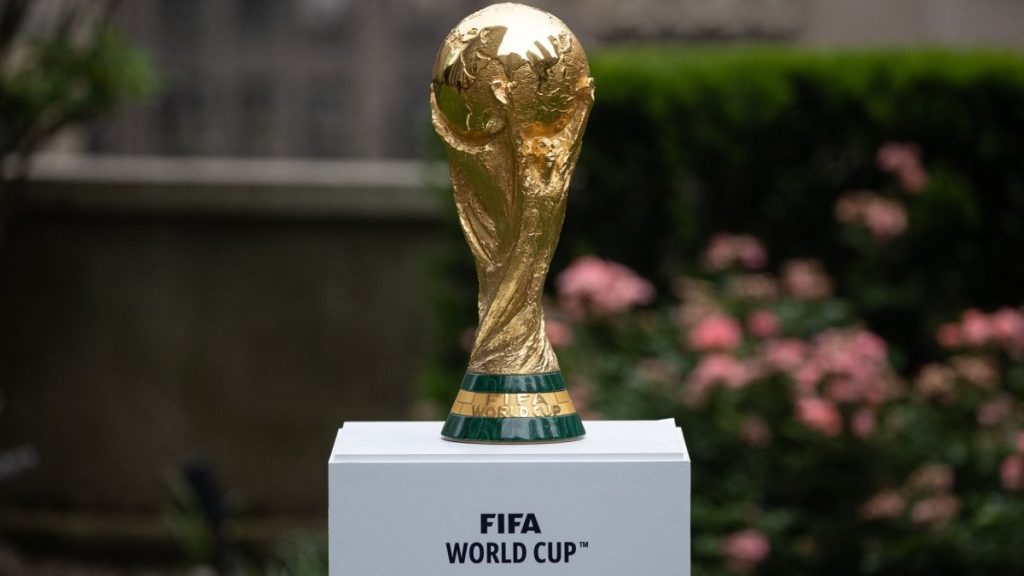
West Germany had the honor of hosting the tournament, selecting various cities as venues for the matches. Iconic stadiums such as the Olympiastadion in Munich, Waldstadion in Frankfurt, and Westfalenstadion in Dortmund provided the stage for thrilling encounters.
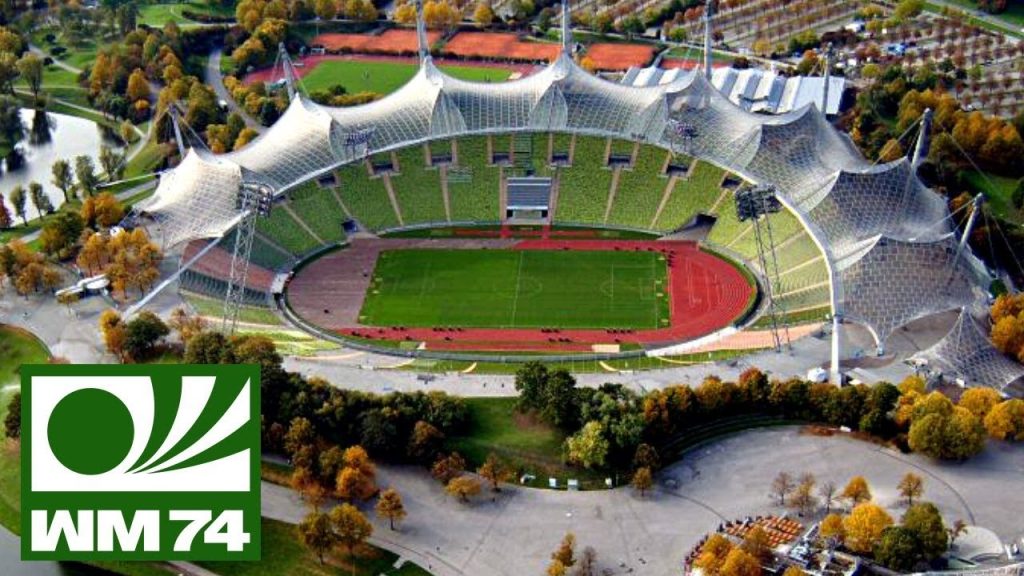
The tournament featured a new format. While the competition once again began with the sixteen teams divided into four groups of four, the eight advanced teams did not enter a knockout stage as in the previous five World Cups but instead played in a second group stage. The winners of the two groups in the second stage then played each other in the final, with the respective runners-up from each group meeting in the third-place play-off. This was one of only two times this format was deployed (1978 being the other). For the 1974 World Cup, FIFA introduced the penalty shoot-out as a means of determining the winner in knockout stages should the match end in a draw after 120 minutes. The method, however, was not put into practice as both the third-place match and the final were decided after 90 minutes. The first World Cup to feature a penalty shoot-out was the 1982 World Cup, in the semi-final match between France and West Germany.
It was decided in advance that if the host nation progressed to the second round their matches would not take place simultaneous to the other matches but instead be held in the other timeslot (either 16:00 or 19:30 local time).The tournament witnessed the participation of football powerhouses such as Brazil, Italy, Argentina, the Netherlands, and West Germany.
Teams:
Bulgaria, East Germany, Italy, Netherlands, Poland, Scotland, Sweden, West Germany (hosts), Yugoslavia, Haiti, Argentina, Brazil, Chile, Uruguay, Zaire, and Australia.
The official mascots of this World Cup were Tip and Tap, two boys wearing an outfit similar to West Germany’s, with the letters WM (Weltmeisterschaft, World Cup) and number 74.
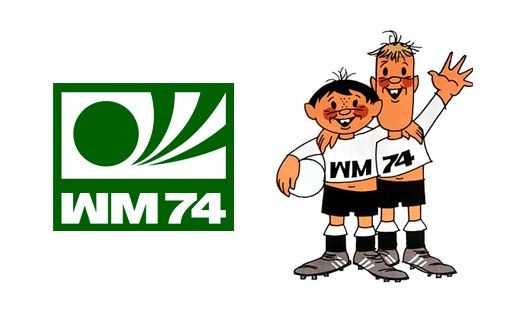
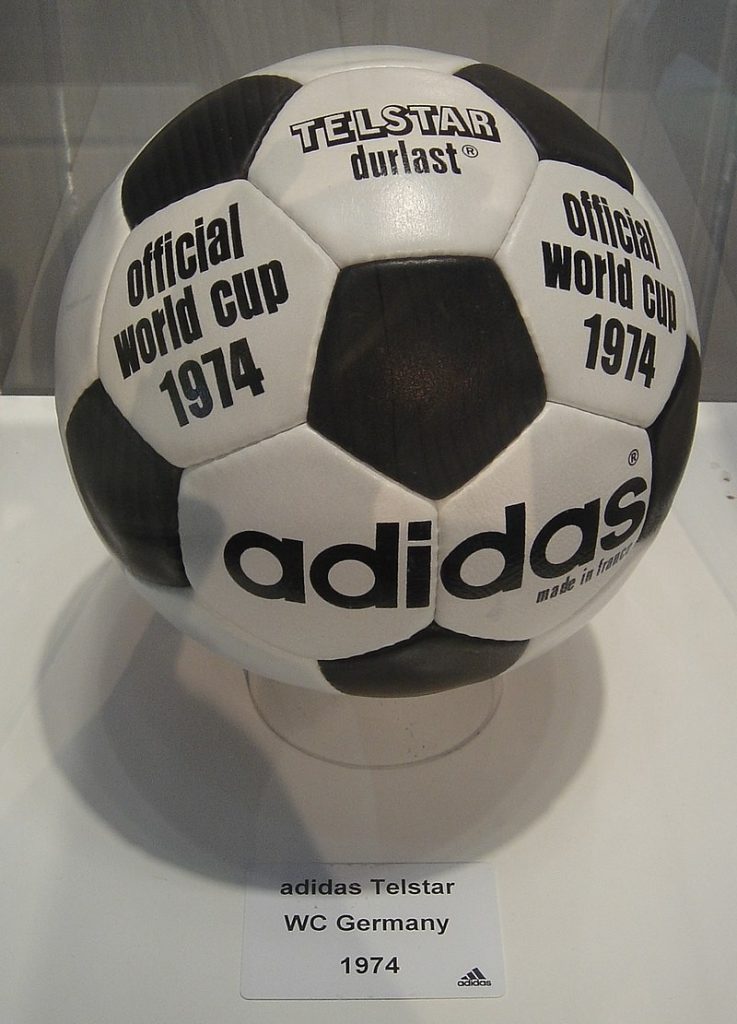
Cruyff’s Brilliance: The tournament showcased the remarkable skills of Johan Cruyff, the Dutch maestro. His mesmerizing performances left fans in awe as he showcased his dribbling skills, creativity, and vision on the pitch.
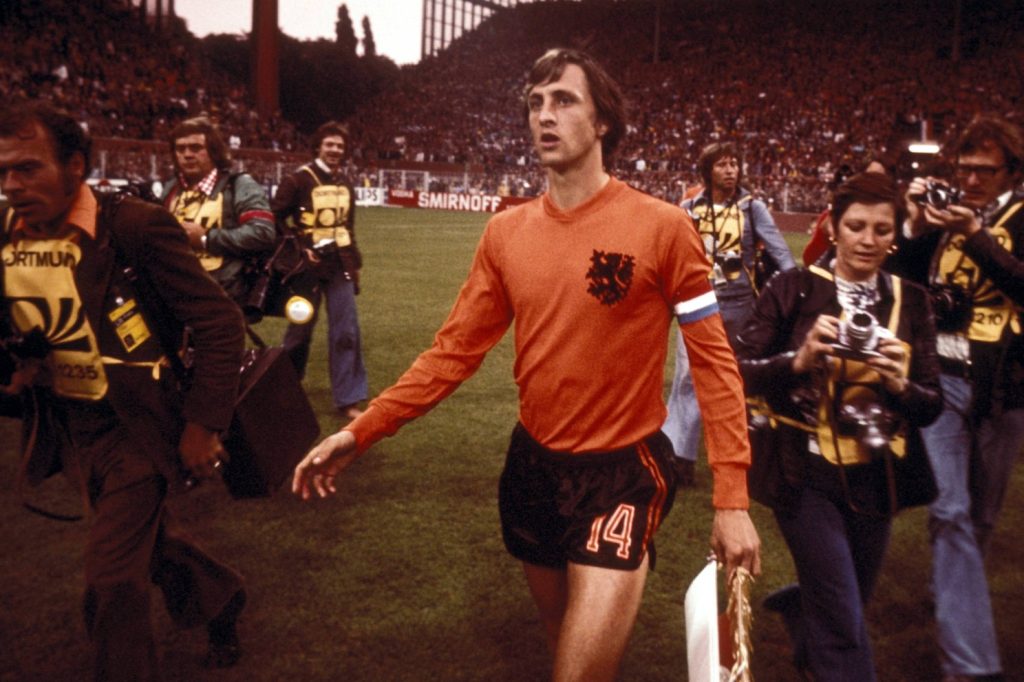
“Total Football” Revolution: The Dutch team, led by Rinus Michels, introduced the concept of “Total Football.” With fluid positional interchange and attacking football, they became the epitome of innovation and entertainment.
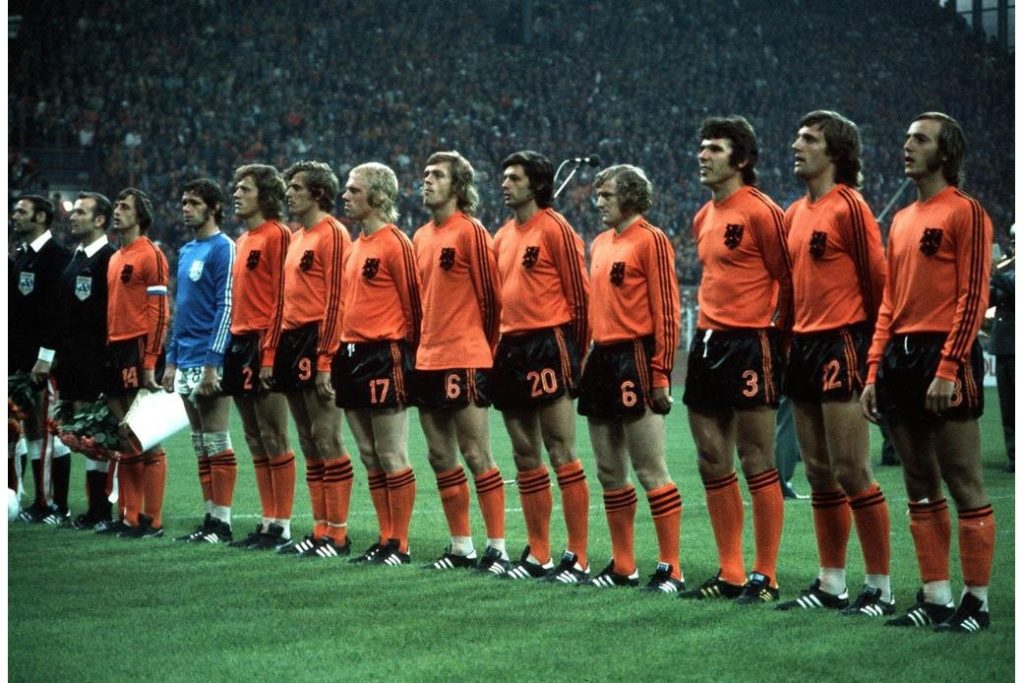
West Germany’s Triumph: The host nation, West Germany, triumphed in front of their home crowd. Led by influential captain Franz Beckenbauer, they displayed a combination of resilience, teamwork, and clinical finishing to lift the World Cup trophy.
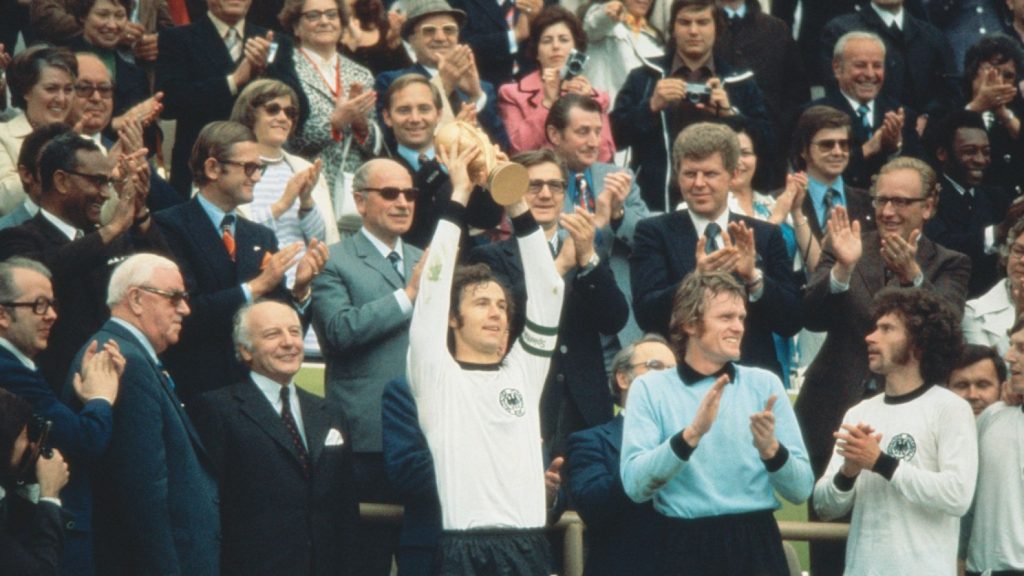
The final was held on 7 July 1974 at the Olympiastadion, Munich. West Germany was led by Franz Beckenbauer, while the Dutch had their star Johan Cruyff and their Total Football system which had dazzled the competition. With just a minute gone on the clock, following a solo run, Cruyff was brought down by Uli Hoeneß inside the German penalty area, and the Dutch took the lead from the ensuing penalty by Johan Neeskens before any German player had even touched the ball. West Germany struggled to recover, and in the 25th minute were awarded a penalty, after Bernd Hölzenbein fell within the Dutch area, causing English referee Jack Taylor to award another controversial penalty. Paul Breitner spontaneously decided to kick and scored. These two penalties were the first in a World Cup final. West Germany now pushed, and in the 43rd minute, in his typical style, Gerd Müller scored what turned out to be the winning goal, and the last of his career as he retired from the national team. The second half saw chances for both sides, with Müller putting the ball in the net for a goal that was disallowed as offside. In the 85th, Hölzenbein fouled again, but with no penalty this time. Eventually, West Germany, the European Champions of 1972, also won the 1974 World Cup.
This was the only case of the reigning European champions winning the World Cup until Spain (champions of the UEFA Euro 2008) defeated the Netherlands in the South Africa 2010 FIFA World Cup Final. France has also held both trophies, albeit in a different order, at the same time winning the 1998 World Cup followed the rise of football as a global phenomenon, captivating millions of fans worldwide and solidifying its status as the most popular sport on the planet.
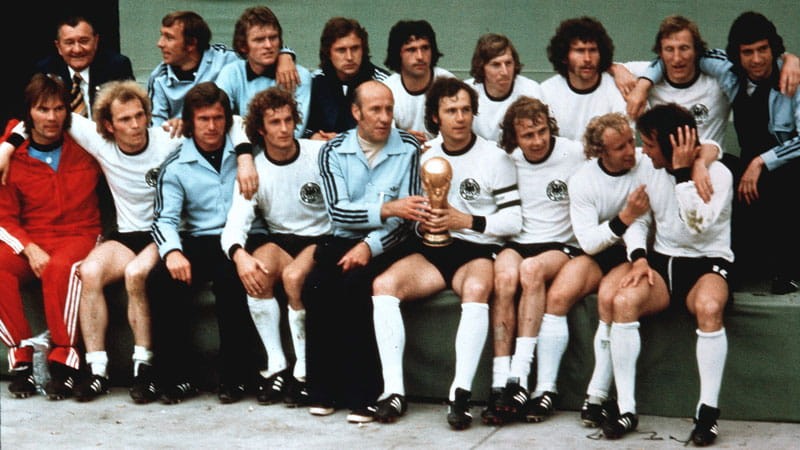
The 1974 FIFA World Cup will forever be etched in the annals of football history. It was a tournament that showcased the beauty of the game, the passion of the players, and the joy it brings to millions of fans. The memories of the thrilling matches, legendary players, and remarkable moments from the 1974 World Cup continue to inspire and captivate football enthusiasts around the world to this day.


